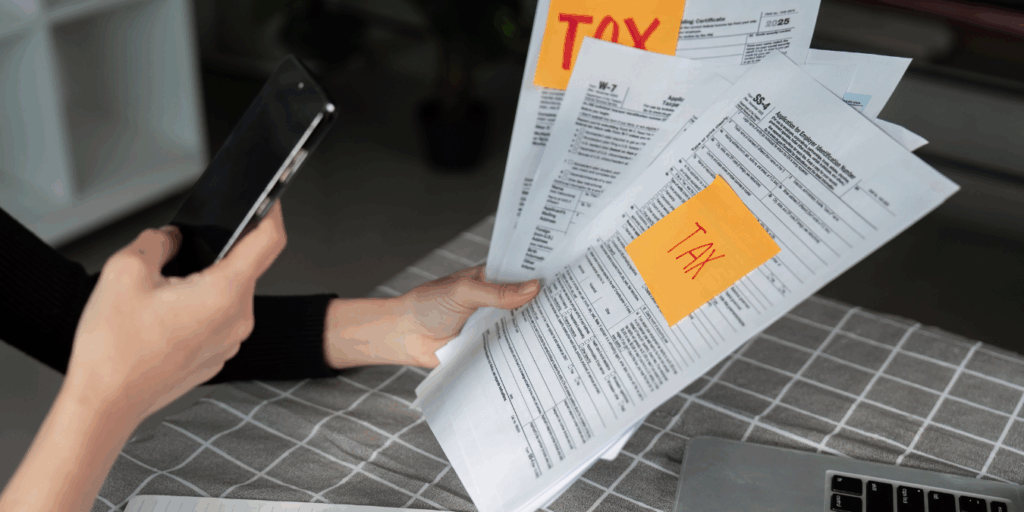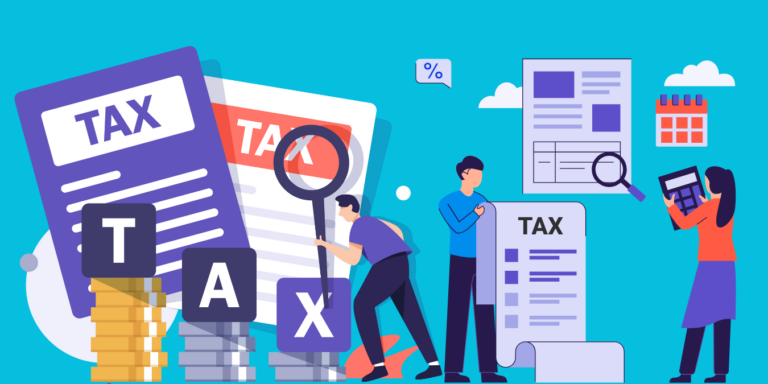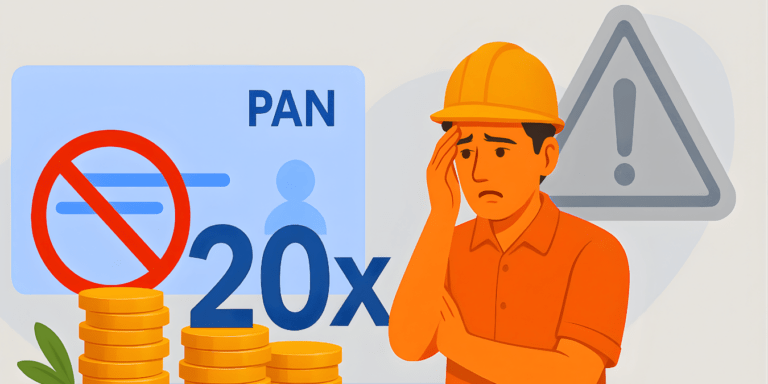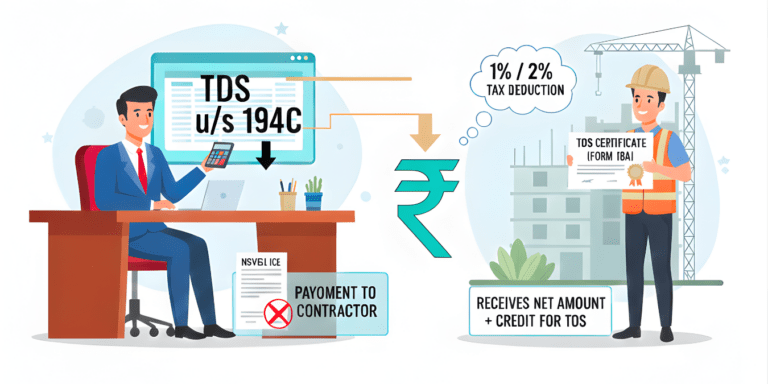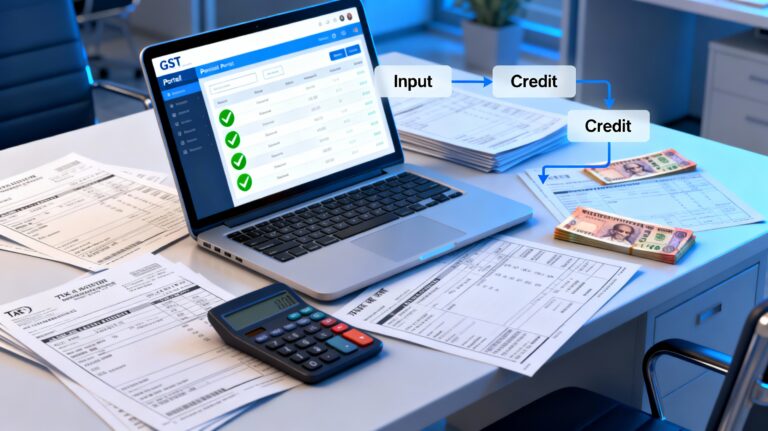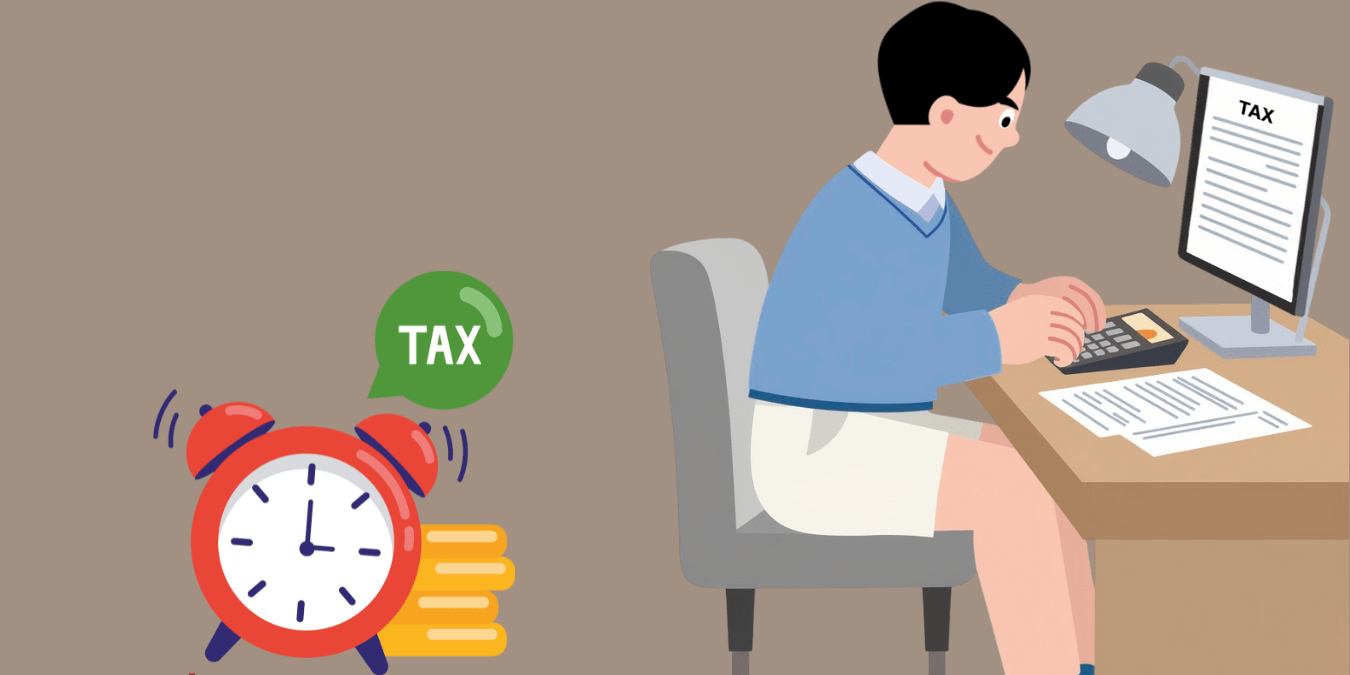
Shocking Twist: How the Supreme Court Just Redefined “Incriminating Material” Under Section 153C
When one year’s evidence shakes a six-year tax regime, even the law takes notice. Discover how the Supreme Court’s 2025 ruling under Section 153C rewrites India’s reassessment game—protecting taxpayers, redefining “incriminating material,” and exposing the hidden limits of income tax power that no one saw coming.
In a landmark move that’s shaking up the world of tax litigation, the Supreme Court of India has drawn a hard red line on the misuse of Section 153C of the Income Tax Act, 1961. The Court’s latest observation — that “one-year incriminating material cannot justify six-year reassessments” — is more than just a technical interpretation. It’s a stern reminder to the tax authorities: power under Section 153C isn’t a free pass to rummage through six years of a taxpayer’s life when evidence exists only for one.
This decision, now turning into a benchmark reference across legal and financial circles, brings long-needed clarity to the scope of reassessment following a search or seizure operation. Let’s unpack what this means for taxpayers, accountants, and the future of tax administration in India.
The Story Behind Section 153C: A Quick Refresher
For years, Section 153C has been the tax department’s secret weapon in post-search assessments. The provision allows the Assessing Officer (AO) to tax a person not directly searched if documents or assets belonging to them are found during a search on someone else.
But here’s the catch: the AO must prove that the seized material has a direct bearing on the income of the “other person.” That’s where the trouble lies — and where the Supreme Court has now drawn the line.
The Case That Changed the Game
The dispute centered around a taxpayer whose financial records surfaced during a search on another entity. Relying on these documents, the AO reopened six assessment years, arguing that the material indicated potential undisclosed income across that period.
However, the taxpayer challenged the reassessment, asserting that the so-called incriminating material pertained to only one specific year, and therefore, the six-year-wide reassessment was legally invalid.
Both the Delhi High Court and, later, the Supreme Court agreed. The Apex Court dismissed the Revenue’s Special Leave Petition (SLP), firmly upholding that Section 153C jurisdiction extends only to those assessment years that have clear, year-specific incriminating material.
Why the Supreme Court’s Ruling Matters
The Supreme Court’s clear message was this:
“You cannot justify a six-year fishing expedition based on a one-year clue.”
The ruling confirmed three vital principles:
- Year-Specific Nexus is Essential:
Each assessment year must be independently linked to distinct incriminating evidence. Merely extrapolating from one year’s data to others violates the principle of jurisdictional fairness. - Incriminating Material is the Soul of 153C:
Without solid, year-related evidence that shows hidden or undeclared income, Section 153C proceedings collapse. - Safeguards Against Arbitrary Reassessment:
The judgment acts as a shield for taxpayers against coercive reassessments that often rely on assumptions rather than facts.
Decoding “Incriminating Material”: What Counts?
Not every document found in a search qualifies as incriminating. The Supreme Court and High Courts have emphasized that it must:
- Reveal undisclosed or bogus transactions, or
- Expose suppression of income that the taxpayer didn’t report earlier.
Documents like registered sale deeds, audited balance sheets, or copies of contracts that are already disclosed in returns cannot form the basis of reassessment.
In short — transparency kills incrimination.
A Quick Analogy: The Six-Year Stretch Trap
Imagine you’re stopped for overspeeding one day on a specific road. The officer can penalize you for that instance — fair enough.
But what if the officer says, “Since you oversped once, we’re reopening all your last six years of driving!” Wild, right?
That’s exactly what the tax department often did — till the Supreme Court said “enough.”
The Evolution: How Courts Reinforced 153C Discipline
Over the years, courts have attempted to tighten the reins on how Section 153C is applied. Here’s how the precedents evolved:
- 2014 – Kabul Chawla Case (Delhi HC):
The court first declared that reassessment of completed years under Section 153A or 153C requires incriminating material discovered during the search. - 2024 – Saksham Commodities v. ITO:
The Delhi High Court reaffirmed that reassessment without specific incriminating documents per year is ultra vires of the law. - 2025 – Supreme Court’s Dismissal of SLP:
By refusing to interfere and accepting the High Court’s reasoning on merits, the Apex Court turned a long-debated interpretation into a binding national precedent.
Hidden Implications for Taxpayers
This isn’t just a victory for one taxpayer — it reshapes the entire landscape of section 153C jurisprudence.
What It Means For You:
- Safer Past Assessments:
If no incriminating document linked to a particular year exists, that year can’t be reopened under Section 153C. - Reduced Harassment:
Arbitrary notices citing vague “connections” between one-year evidence and multiple years are now defensible before appellate authorities. - Procedural Accountability:
Assessing Officers now must record a satisfaction note per assessment year, specifying how each year’s income is affected by the seized material.
The “One-Year” Rule: What’s the Supreme Court Really Saying?
The lawful takeaway is crisp:
The AO’s jurisdiction ends where the trail of evidence ends.
Here’s the Court’s underlying rationale:
- Tax assessment powers are not infinite; they must correlate directly with material relevance.
- Section 153C was never meant to enable a blanket reassessment across six years on speculative grounds.
- Since incriminating material itself defines the scope of jurisdiction, any expansion beyond that is unconstitutional.
This aligns with the Constitutional values under Article 265 — no tax shall be levied or collected except by authority of law.
Practical Scenarios: When 153C Still Applies
Of course, this doesn’t mean the tax department is toothless. Section 153C can still be triggered effectively under valid circumstances, such as:
- Discovery of unaccounted ledgers or cash trails clearly linked to multiple years.
- Seized WhatsApp chats, Excel sheets, or internal records showing repeated patterns of evasion.
- Evidence that directly alters the computation of income for distinct financial years.
But in each case, the AO must establish a separate chain of proof per year, not rely on extrapolation.
A Real-World Example: The Mamta Agarwal Case
In ACIT v. Mamta Agarwal (2025), a search conducted on another entity revealed documents belonging to the assessee. The revenue authorities, however, indiscriminately reopened ten years of returns.
Both the Delhi HC and the Supreme Court rejected this overreach. The courts held that unless evidence existed for each assessment year, the six-year jurisdictional window under Section 153C can’t be invoked.
This case perfectly illustrates the “smart balance” the judiciary is restoring between legitimate revenue collection and taxpayer rights.
The Bigger Impact: A New Chapter in Tax Governance
This judgment arrives at a crucial time, when the Income Tax Department is undergoing deep digitization and algorithmic monitoring of financial data.
The message from the Supreme Court is clear: technology may expand reach, but not legal scope.
Long-Term Impact:
- Better Case Filtration: Authorities will need solid groundwork before initiating reassessment.
- Judicial Confidence: Taxpayers no longer have to fear endless scrutiny based on thin evidence.
- Legal Consistency: The same logic now binds all levels of authorities, from AO to ITAT.
Smart Takeaways for Tax Professionals
For accountants, CAs, and legal advisors, this ruling provides tactical guidance to defend clients during post-search assessments.
- Before accepting a 153C notice, always demand the satisfaction note recorded by the AO.
- Verify if the material links explicitly to the relevant assessment year.
- Document proof of disclosure in original returns — it reinforces that no “incriminating” element exists.
- If evidence exists for only one year, challenge multi-year reassessments as beyond jurisdiction.
Quick Recap: Why the SC Judgment Is a Turning Point
| Issue | Before the Ruling | After the Ruling |
| Basis of Reassessment | Any material loosely related to assessee | Must be year-specific incriminating material |
| Years Covered | Up to 6 years automatically | Only years linked to discovered evidence |
| AO’s Burden of Proof | Minimal | High — satisfaction note per year |
| Judicial Oversight | Case-by-case | Now authoritative precedent |
| Impact on Taxpayers | Wide exposure | Narrower, evidence-based scrutiny |
A Silent Revolution in Tax Justice
This ruling isn’t just a procedural update — it’s part of a broader shift.
India’s courts are redefining fairness in fiscal administration, emphasizing that revenue targets cannot override rule of law.
The 153C tightening is one more signal of a maturing tax system — one that upholds due process as much as due revenue.
For honest taxpayers, this is good news. For overzealous officers, it’s a wake-up call.
Key Takeaways
- Supreme Court affirms that one-year incriminating material cannot justify reassessment for six years of returns.
- Each assessment year must have independent incriminating evidence to invoke Section 153C.
- AOs must record satisfaction year-wise, detailing the link between evidence and undisclosed income.
- Generic documents or disclosed records (like sale deeds or audited statements) don’t qualify as “incriminating.”
- The ruling safeguards taxpayers against fishing expeditions and ensures constitutional adherence under Article 265.
- Mamta Agarwal case now serves as the definitive precedent for Section 153C scope.
- Promotes accountability, precision, and legal certainty in India’s reassessment regime.
Final Thought Snippet
The Supreme Court’s stance on Section 153C doesn’t just close six-year reassessments — it opens a new era of taxpayer protection. In a landscape where search operations often cast an unnecessarily wide net, this judgment draws a sharp boundary between evidence and assumption, between specificity and speculation. For tax officers, it’s a smart reminder that authority without accountability is no authority at all. For businesses and individuals, it’s reassurance that compliance isn’t a one-way street — the system, too, must stay accountable.
But the true question now is this: Will the Income Tax Department adapt this judicial fairness into everyday practice, or will it test the spirit of the law once again? The next few months — and the first wave of post-judgment reassessments — will silently reveal the answer.


















